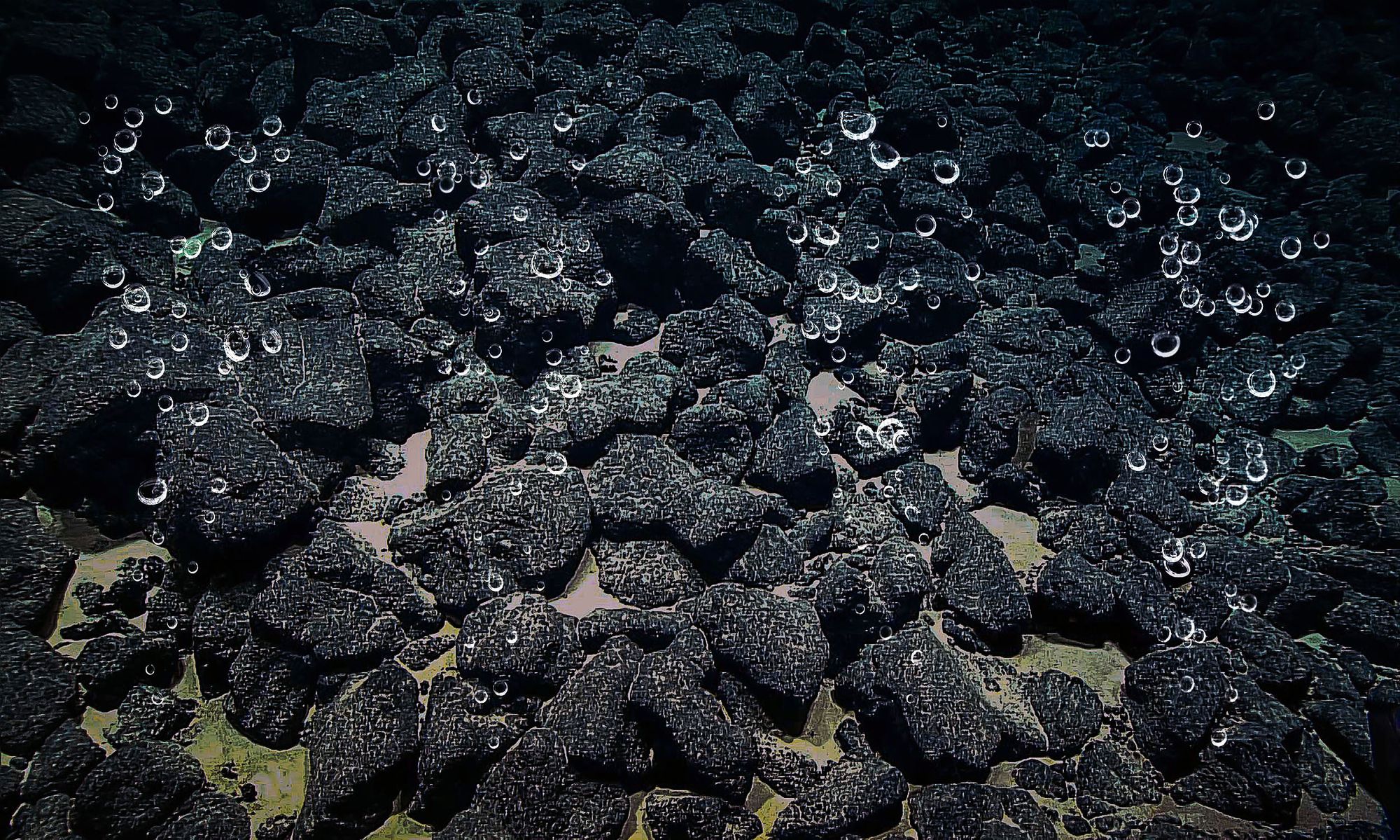Deep-Sea Rocks Found to Produce Oxygen in Darkness

Scientists have made an astonishing discovery at the bottom of the Pacific Ocean: certain metallic rocks are generating oxygen in the absence of light. The finding challenges long-held assumptions about how oxygen is formed on our planet, and its implications could be far-reaching.
Researchers from the Scottish Association for Marine Science led by Professor Andrew Sweetman have identified potato-sized nodules found thousands of feet below the surface that appear to split seawater molecules and release oxygen. These rocks, known as ferromanganese nodules, are rich in metals such as manganese and iron.
The discovery has sparked debate among scientists, who are now exploring how these rocks produce oxygen without the need for sunlight or photosynthesis. Sweetman's team is conducting a three-year project to investigate this phenomenon and its potential impact on seafloor life.
While some have questioned the findings, others believe that the discovery could shed light on microbial life beyond Earth. The study of dark ocean worlds like Jupiter's moon Europa and Saturn's moon Enceladus has long been of interest to NASA, which hopes that these findings might hint at the possibility of life in these icy moons.
However, not everyone is pleased with the implications of this discovery. Deep-sea mining companies have been eyeing metals resources such as cobalt and nickel in the Clarion-Clipperton Zone, where these nodules were found. The International Seabed Authority regulates mining activities in this region, but critics warn that removing large volumes of nodules could destroy habitats and disrupt carbon storage in the ocean.
Sweetman acknowledges the controversy, but believes it is essential to gather more data before the harvesting of seabed minerals can begin. As researchers continue their investigation into dark oxygen, they hope to expand our understanding of life on Earth and potentially uncover secrets about life beyond our planet.
A related study published in Nature Geoscience has reignited interest in this fascinating field of research, and scientists are eagerly awaiting the results of further experiments to confirm or challenge this groundbreaking discovery.
